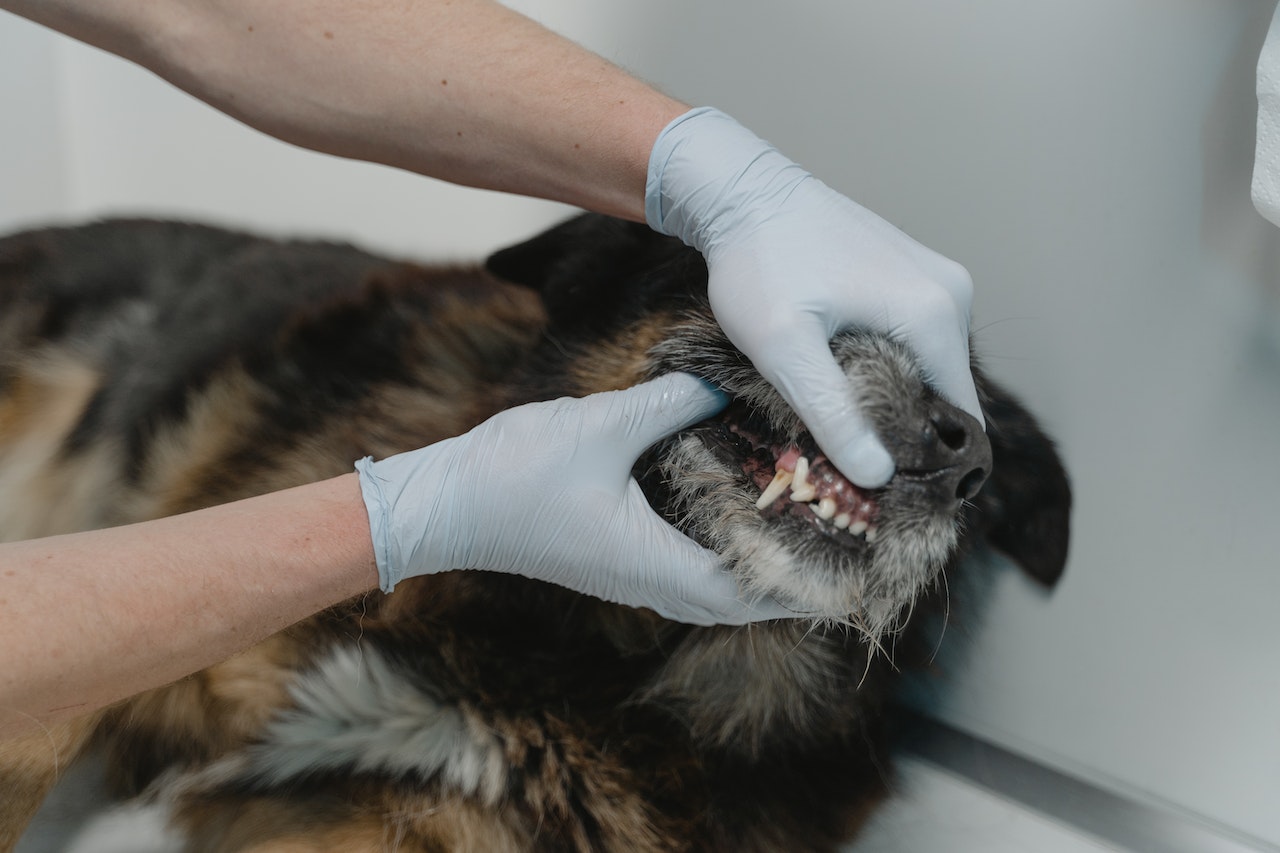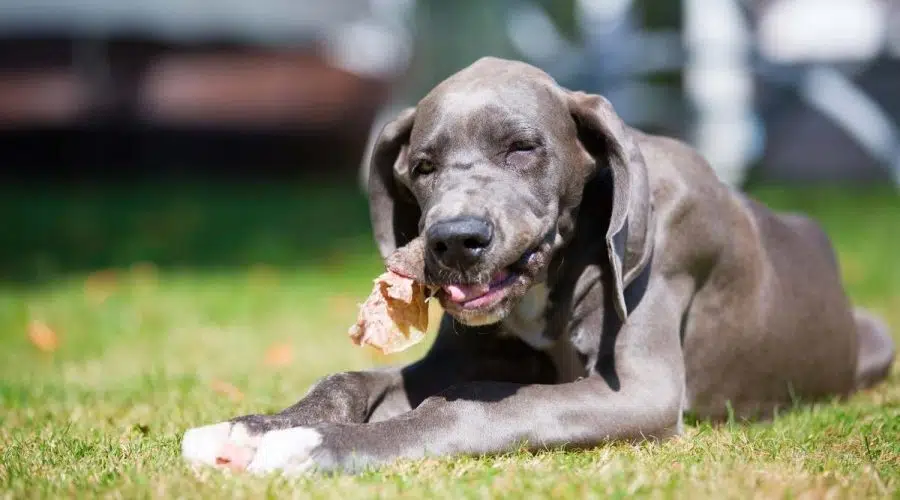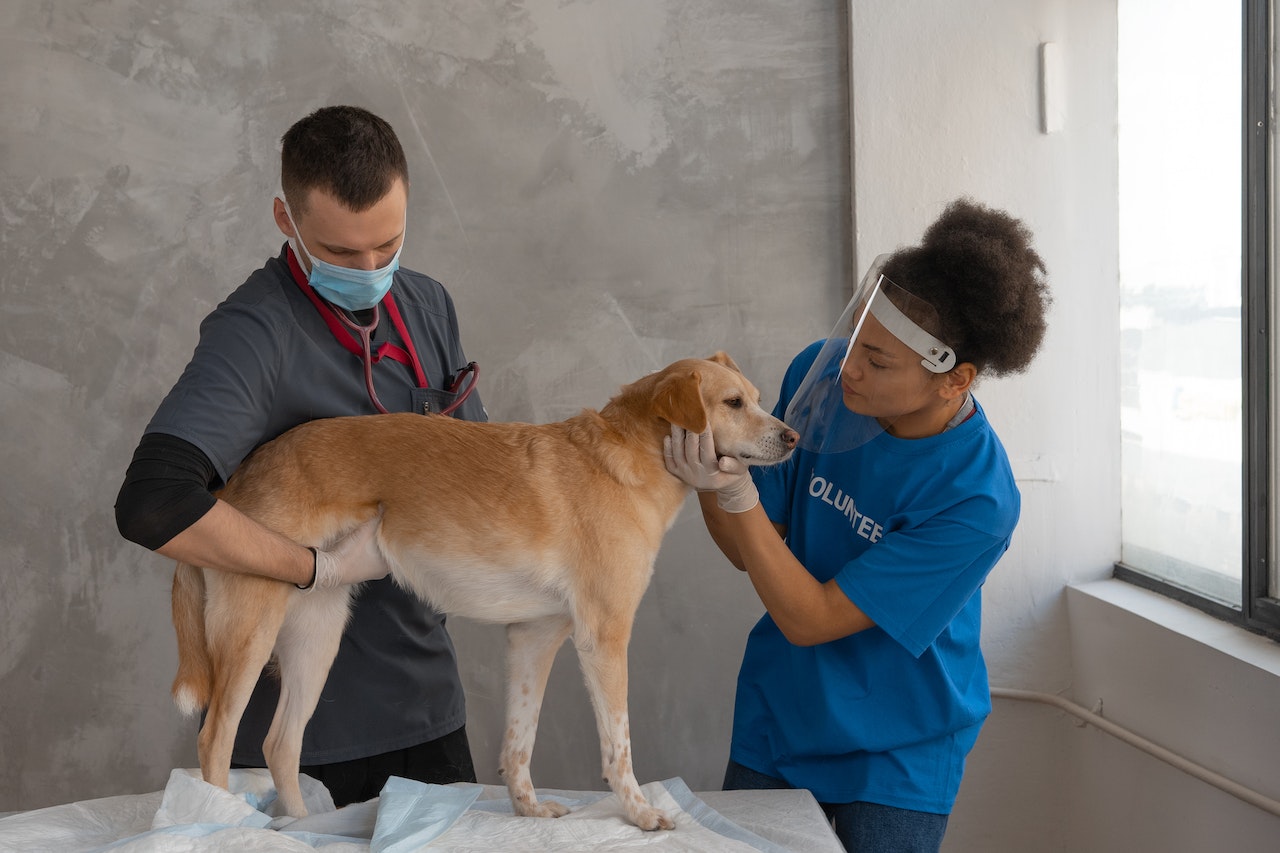
Gums can be a neglected area of the mouth of a dog however, they’re equally vital to be kept clean well as healthy teeth. Here, you can learn more about the color of your dog’s gums ought to be, what gum problems to be aware of and ways to ensure your dog has the health of their gums.
What Do I Have to Color My Dog’s Gums Should They Be?
If you’re looking to find out what healthy dog gums for dogs look like take a look at the seafood bar in the grocery store near you.
“Healthy gums should look like a pink shrimp,” says Dan Carmichael, DVM, DAVDC and board-certified veterinarian dentist at the Animal Medical Center. “Unhealthy gums may look red, and may be inflamed.”
Certain illnesses can cause discoloration of gums. For example, gums that are red and inflamed may be a sign of gingivitis.
“Gingivitis can be caused by plaque that is made up mainly of bacteria. Plaque can build up on the surface of teeth, particularly in the area beneath that gum line” Carmichael says. “Gingivitis is due to the oral immune system of the body reacting to the bacteria that accumulate in the mouth.”
If the dog’s gums have different colors, this could be a sign of other health issues.
“If the gums appear light or pale, this could be an indication of anemia. If the gums appear blue, it is usually a sign that your dog isn’t getting oxygen.” Carmichael says. Carmichael, noting that the yellow color of gums in dogs may be an indication of Leptospirosis which is a bacterial infection which can lead to liver disease and jaundice. These could also be an indication that liver diseases are present.
Common Gum Problems in Dogs

Another indication of gum disease? Bad breath. “Bad breath or more specifically sudden deterioration of breath can be linked to an increase in gum condition,” says Carmichael.
“Gum disease is typically caused by issues with gums but rather by the bacteria in the teeth. To take care of your gums, make sure you brush your teeth regularly,” says Carmichael and adds that the most effective way to avoid gum disease, the most prevalent oral health and general health issue in dogs is to brush their teeth daily with a soft-bristled toothbrush.
Periodontal gum disease is the primary cause of gum problems however, other conditions such as immune-mediated inflammatory diseases and gingival enlargements, bleeding disorders or even cancers of the mouth could be a cause of unhealthy gums, Carmichael said.
“Periodontal disease is more common for dogs that weigh less than thirty pounds.” the vet said. This is because small dogs have bigger teeth, but smallmouth.
In addition, breeds such as boxers are susceptible to gum growth, a harmless condition that is genetic the vet said. While the disease itself isn’t harmful however, it can cause the appearance of tumors in gum tissues, Carmichael says, which could cause pseudopockets to appear in the gums of dogs.
“If you imagine gum tissue growing upwards and surrounding the tooth imagine it creating this tiny pocket or nook between the gums that are overgrown and the tooth. This is where the fur and other food particles and debris can become stuck, causing infections and bad breath,” he says.
Extra Gum-related Issues To Watch For

The puppies of younger dogs, especially the young ones are susceptible to contracting papillomatosis or warts on the gums. It is evident by the appearance of single, clusters, or many warts. If you notice just one or two warts do not be concerned. Carmichael states that they will typically disappear in between one and two months. Dogs that have a lot of warts might need surgical removal of warts.
With time, the appearance of the gums of an older dog may become more spongy. A texture that is cobbled by itself is nothing to worry about according to him (and it is typically noticed more frequently in large breed dogs, such as Labrador retrievers and Saint Bernards) however, having cobbled gums could be an indication of cancer. Based on the kind or type of cancer, when cobbled gums show signs of oral pain, bad breath, reluctance to chew, and bleeding from the mouth, consult a veterinarian to check your pet’s health.
“I would suggest that people pay closer attention to the color of their gums, especially if they’re bleeding, or appear to they’re likely to be bleeding quickly,” he says. “That is more important to me than changes in the textural.”
In addition, intense or rough chewing on a chew toy or the bone could cause gums to flow. “Sharp pieces of chew toy can temporarily cause the gum to become rougher,” he says, explaining that the condition generally isn’t a problem unless bleeding does not stop.
“If bleeding persists for longer than 10 mins, pet owners] need to seek urgent medical attention,” says Carmichael. “My biggest concern is any bleeding disorder unrelated to oral health.”
Carmichael believes that bleeding gums could be an indication of oral cancer and kidney disease (high amounts of ammonia may build up, causing gum ulcers and bleeding) or idiopathic purpura (or ITP)–when your immune system eliminates platelets so that blood does not form clots. If a dog consumes the poison of rats, it could cause their gums to be bleeding, he says.
What Are Gum Problems Be Solved?

If you suspect your dog is suffering from gum issues go to the vet. The vet will conduct an entire dental exam under general anesthesia. They will also examine your dog’s teeth using dental X-rays in order to determine the most appropriate procedure, Carmichael says.
“Treatment is determined by the results of the exam as well as X-rays. It could include anything from a thorough cleansing of the tartar and plaque on the tooth’s surface to periodontal surgical procedures or the extraction of teeth,” says Carmichael. “If any other illness is suspected (such as cancer or immunodeficiency or cancer), a biopsy of the gum could be taken and sent to a lab.”
If you think your pet is suffering from dental problems or ailment, you should consult a veterinarian to examine the issue first, and then begin a home gum-care routine.
“If the dog has an existing dental issue that may be connected to sensitive teeth … this might be past the point at which tooth brushing can provide any benefit. It’s only going to cause irritation to the pet,” Carmichael says. “When your dog has a full mouthful of healthy teeth left, that’s the right time to begin the home-care routine that includes tooth brushing.”